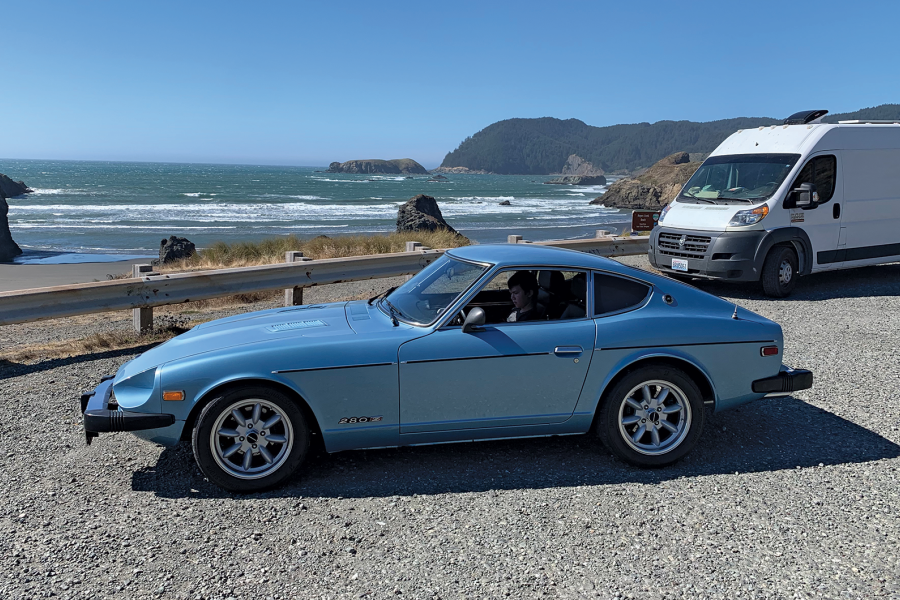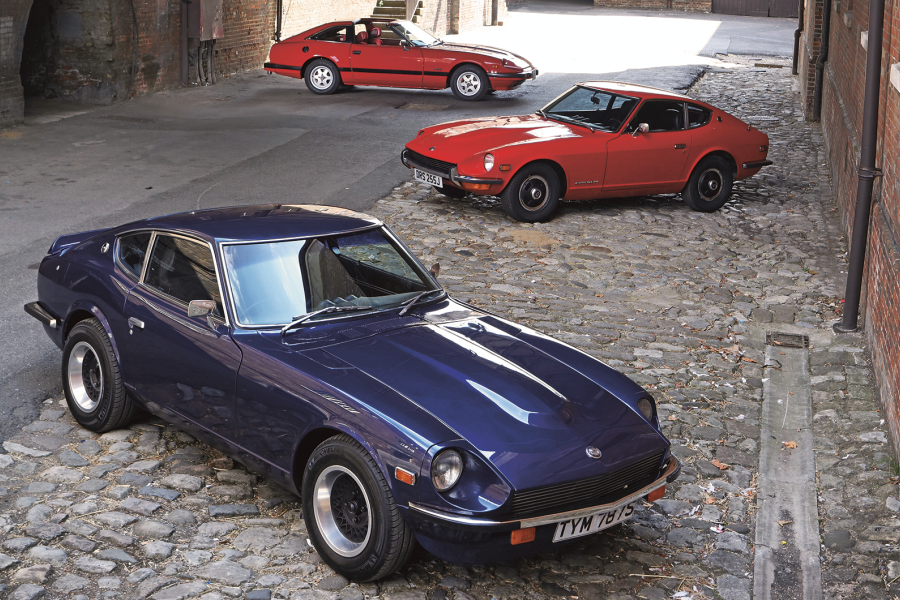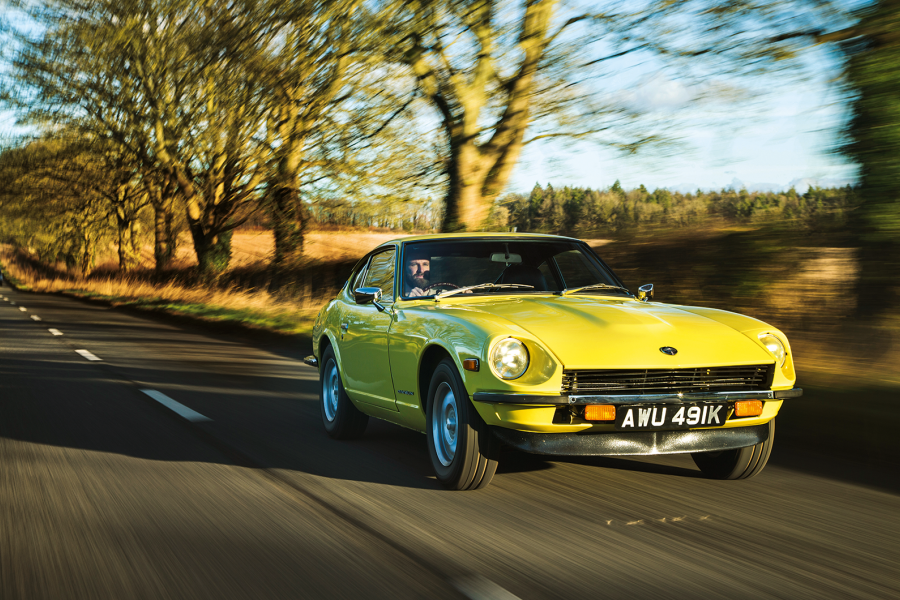
Why you’d want a Datsun 240Z / 260Z
The perfect sports car for the ’70s came from the least expected source: Japan.
It was targeted at the lucrative US market, then largely the preserve of British and Italian brands, and rapidly became the world’s best-selling sports car because the Americans couldn’t get enough.
It’s hardly surprising: over there, it cost just 10% more than an MGB GT and offered so much more. The 125mph top speed and 8 secs 0-60mph time grabbed the headlines and pulled customers into showrooms, where they were then won over by the car’s attractive lines, quality build and great packaging.
It had plenty of interior and luggage space, a long-range fuel tank, good noise suppression and extremely comfortable, high-backed seats (pioneering integral head restraints), plus good heating and ventilation. All of which made the Z very pleasant to live with, both everyday and for long-distance touring.
We now know that the input of German stylist Albrecht Goertz into the 240Z has been overstated in the past. It was the concept of Yutaka Katayama and designed by Yoshihiko Matsuo, assisted by Akio Yoshida, with – at most – distant memories of a stillborn c1964 design by Goertz.


(l-r) Shekhar Mehta on his way to his first Safari win in 197; higher roofline of four-seater 260Z 2+2

















